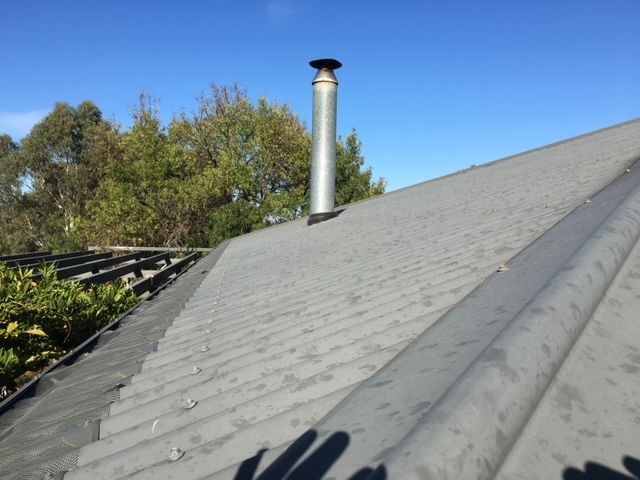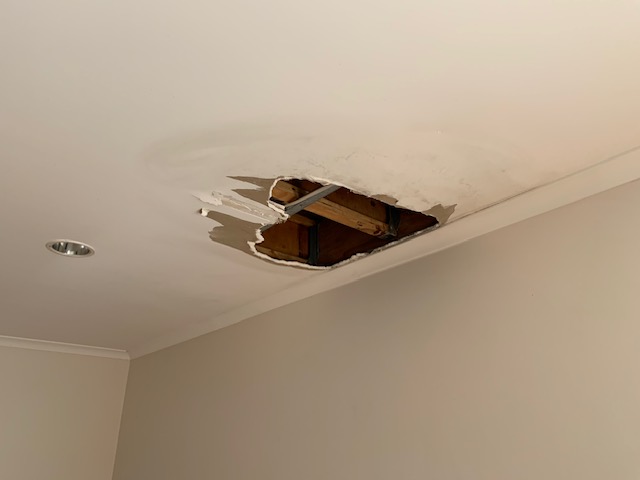There are over 90 general insurers operating in Australia that provide domestic home and contents policies. It is often the case that insurers have more than one policy and hence there are more than 100 differing policies that you can buy. So it is not possible to summarise the conditions that apply within each different policy.
There is, however, a common thread amongst all of the policies and the below is an overview of a typical home and contents PDS ( product disclosure statement). Remember (we say this a lot), to read your policy document or speak to your insurer if the below worries you.

Your home is covered but the policy goes further and lists the parts of your home that are included.
The policy you bought will cover your home and it will define what is and what is not covered For example, these things are covered:
Floors
Walls
Roof
Windows
Plumbing
Electrics
Cupboards
Toilets, taps etc.
Decks and pergolas
Garden sheds
It is not the intention of an insurer to be sneaky and not cover individual parts of your home. For example you will not find a policy that excludes things such as benchtops or windows and once you have bought a policy you should be comforted that your home is covered.
However, there are some things that insurers do specifically exclude and if you have any of the below, you should phone your insurance company or broker to clarify so you understand and perhaps get cover for them.
Loose gravel or unsealed areas including driveways, terraces etc.
Granny flats if they are separately metered.
Gardens – plants, shrubs, grass and other things that make up your garden.
.
Not all circumstances and damage are covered.
Most home and contents policies are what is called Defined Events cover. That means you are only covered if one of the things described within the policy happens and damage is caused by the event. These things are:
Fire – there must be a flame, scorching or melting due to heat is often not covered.
Water leaks – be careful as often the damage caused by a leaking shower base is often not covered. Also the repair of the thing that leaked is often not covered or the amount you can claim for the repair costs is limited (sometimes as little as $500). You are usually covered for the cost to find the leak but again this cover can be limited to a few hundred dollars.
Storm – the cover provided here is for damage caused by a storm, hail, lightning, cyclone, high winds and other similar weather events. It does not cover a flood, storm surge and often not damage caused by mudslide or erosion unless it can be directly attributable to the storm.
Earthquake damage. Your excess may increase
Impact damage caused by a tree, aerial, car or other things.
Vandalism or a malicious act such as graffiti.
Breaking of glass, ceramic basins, sinks toilets etc. The breakage has to be fully through the glass, not just a scratch or dent.
Theft and the repair of damage caused during a break-in.
Damage caused by a riot or civil disturbance.
The repair of fused electrical motors such as refrigerators and air conditioning units.
Spoilage of food if the spoilage was due to a breakdown of a fridge, power outage etc. The amount payable is often limited.
Damage caused by animals or birds but not an animal that lives with you and not rodents. Possums and wombats are not rodents and the damage they cause is usually covered.
Accidental Damage cover
Most insurers will offer a higher level of cover that is called Accidental Damage Cover. This is where things get a bit complicated but we will try and explain the difference between this level of cover and Defined Events cover.
Defined events – as noted beforehand, this is to cover for the cost of the repair of damage caused by one of the above events – fire, water leak etc. See the list above.
Accidental Damage – gives you cover for an incident that occurs and damage is sustained because of that incident. An event that is unexpected that you did not expect to happen.
You may be thinking that this higher level of cover will ensure every circumstance or incident is covered but there are conditions that apply.
There must be an incident that occurs. For example you trip over and put a hole in the wall, you break roof tiles whilst cleaning gutters. These are incidents that would not be covered under the defined events policy but are covered under the accidental damage policy.
In the circumstance where damage to your home was found but you cannot relate the cause back to an incident or event, insurers may not cover you. There must be a readily identifiable incident that led to damage.
The incident and in fact all events must have happened before the policy expires. That is during the time period the policy is in place, usually a year but stated on your policy document. And don’t worry if you found the damage after you changed insurers, go back and lodge a claim with the old insurer.
